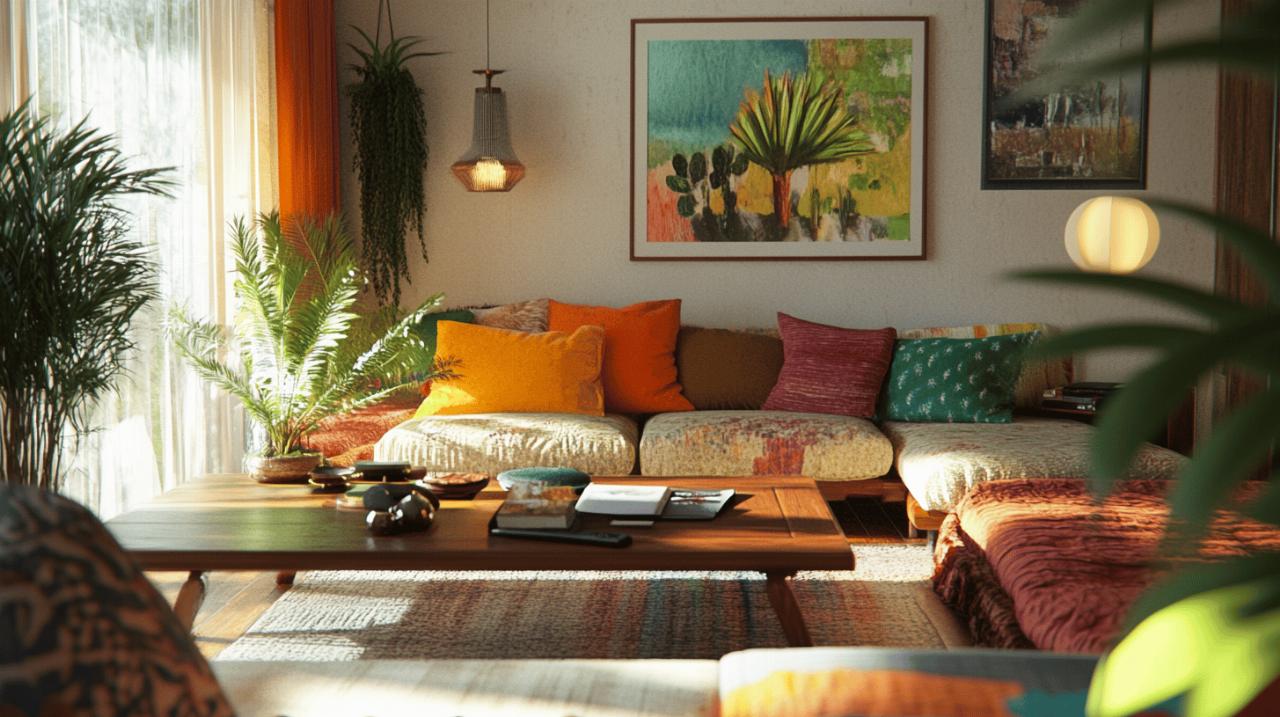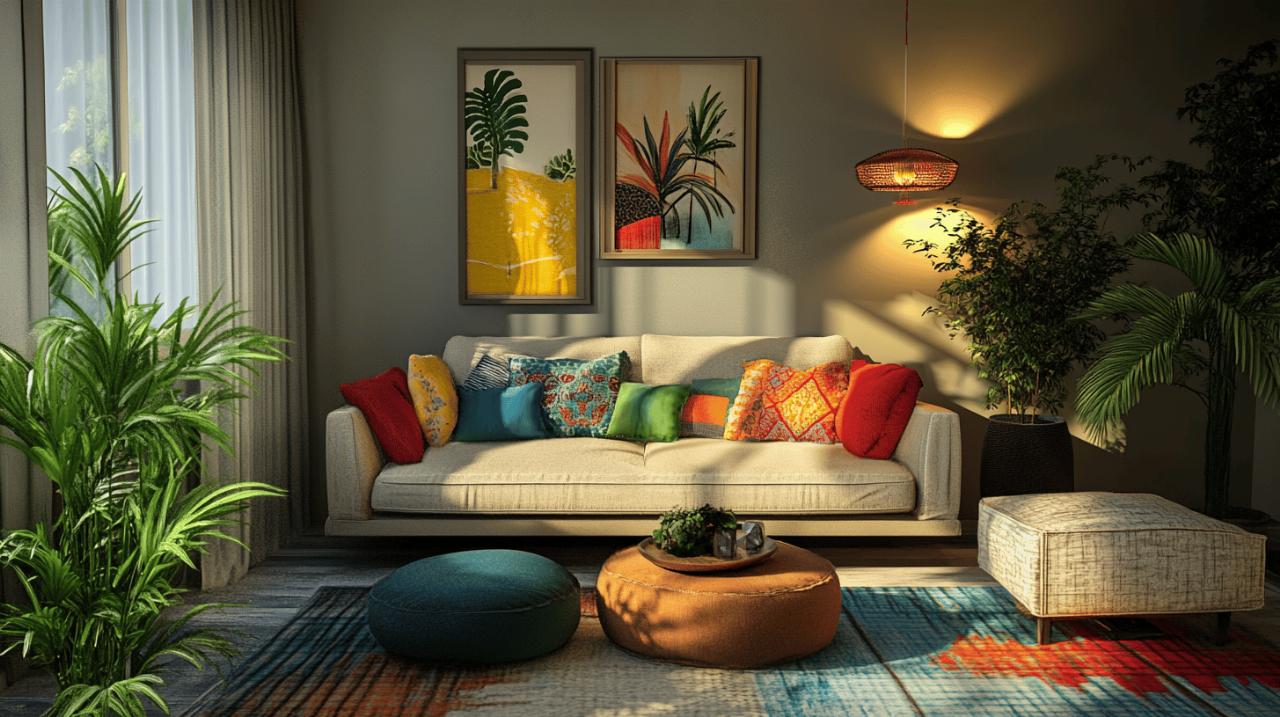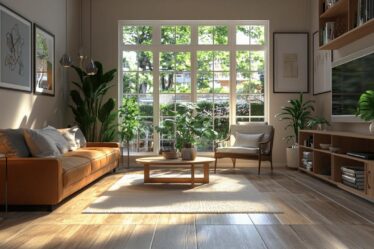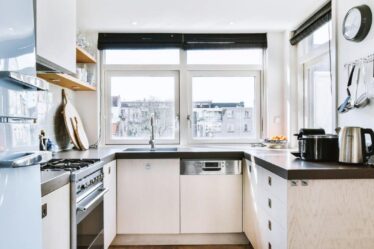
Transforming your living space is an exciting journey that combines creativity, personal style, and practical considerations. Whether you're looking to refresh a single room or reimagine your entire home, thoughtful decoration choices can dramatically elevate your surroundings without requiring a complete renovation.
Houseplants: the living decor revolution
The resurgence of indoor gardening has revolutionised how we approach interior styling. Houseplants serve as living Complementos de Decoracion that breathe life into any space while improving air quality and creating a connection to nature. More than mere decorative objects, plants add dynamic elements that evolve and grow alongside your home environment.
Selecting the Right Greenery for Each Room
Each room in your home presents unique light conditions and humidity levels that determine which plants will thrive. Bright, sun-drenched kitchens welcome Mediterranean herbs and succulents, while bathrooms with their steamy atmosphere provide ideal conditions for tropical varieties like ferns and peace lilies. For spaces with limited natural light, consider resilient options such as snake plants, ZZ plants, or pothos that can flourish even in shadowy corners.
Styling Tips for Plant Displays and Arrangements
Creating visually appealing plant arrangements involves thoughtful consideration of heights, textures, and containers. Group plants of varying sizes to create natural rhythm and visual interest. Enhance your interior design scheme by selecting pots that complement your existing colour palette while adding textural contrast. Consider wall-mounted planters or hanging displays to maximise floor space in smaller rooms while drawing the eye upward to expand perceived spatial dimensions.
Bold colour choices for maximum impact
Strategic use of colour remains one of the most transformative elements in home decoration. Moving beyond safe neutrals into more adventurous territory can completely alter the energy and character of your living spaces. Contemporary interior design embraces confident colour statements that reflect personality and create memorable environments.
Accent walls and statement furniture pieces
For those hesitant to commit to complete colour immersion, accent walls offer an accessible entry point into bold decoration. A single wall painted in a rich jewel tone or covered in textured wallpaper creates a focal point without overwhelming the space. Similarly, statement furniture pieces such as a vibrant sofa or distinctive armchair can anchor a room while allowing surrounding elements to remain more subdued. This balanced approach creates visual impact while maintaining overall harmony.
Colour psychology and room mood enhancement
Understanding how different hues affect mood allows for intentional atmosphere creation throughout your home. Cool blues and greens promote tranquillity and relaxation, making them ideal choices for bedrooms and meditation spaces. Warmer tones like terracotta, mustard, and burnt orange stimulate conversation and appetite, perfectly suited to dining areas and social zones. Consider the natural light exposure of each room when selecting colours, as northern-facing spaces benefit from warmer shades that counteract cooler light quality.
Vintage treasures: adding history to your home
Incorporating vintage elements into contemporary interiors creates depth and character impossible to achieve with mass-produced items. Each pre-loved piece brings its own story and patina, contributing to a home environment that feels authentically evolved rather than catalogue-perfect. The sustainability aspect of repurposing existing items adds ethical value to the aesthetic benefits.
Sourcing Quality Vintage Items from Markets and Shops
Discovering vintage treasures requires patience and discernment. Local antique markets, charity shops, and online marketplaces offer hunting grounds for unique finds. Look beyond immediate appearance to assess construction quality and restoration potential. Solid wood furniture with minor cosmetic damage often represents better value than pristine but poorly made contemporary alternatives. Develop relationships with specialist dealers who can alert you to items matching your specific interests as they become available.
Mixing Old and New for a Balanced Interior
The art of incorporating vintage pieces lies in creating dialogue between different eras rather than recreating period rooms. A mid-century sideboard can beautifully complement modern dining furniture, while antique mirrors add depth and character to minimalist spaces. Avoid thematic overload by allowing statement vintage pieces adequate breathing room surrounded by simpler contemporary elements. This juxtaposition highlights the unique characteristics of each item while creating visual harmony.
Texture play: creating depth and comfort
Beyond colour and form, texture provides crucial sensory dimension to interior spaces. Thoughtful layering of different materials creates environments that invite touch and exploration while adding visual complexity. Textural contrast prevents even monochromatic schemes from appearing flat or lifeless.
Layering different materials for visual interest
Successful interior composition balances hard and soft surfaces, matte and glossy finishes, rough and smooth textures. Natural materials like wood, stone, and woven fibres ground spaces with authenticity, while metallic accents add reflective highlights. Consider unexpected texture combinations such as velvet cushions against rough-hewn wooden tables or sleek marble alongside nubby woollen throws. These juxtapositions create dynamic visual conversation while engaging tactile senses.
Seasonal textile swaps for year-round cosiness
Adapting your home to changing seasons through textile rotation creates environments that remain comfortable and appropriate throughout the year. Summer calls for lightweight linens and cottons in cooler tones, while autumn and winter welcome the introduction of heavier wools, velvets, and faux furs in warmer hues. Maintain a core collection of neutral base pieces supplemented by seasonal accents to facilitate easy transitions without complete redecoration.
Lighting magic: setting the perfect mood
The transformative power of thoughtful lighting cannot be overstated. Even the most beautifully decorated space falls flat under harsh or inadequate illumination. A layered lighting scheme accommodates different activities and moods while highlighting architectural features and decorative elements.
Strategic placement for different lighting needs
Effective lighting plans combine ambient, task, and accent sources. Overhead fixtures provide general illumination, while targeted task lighting supports specific activities like reading or food preparation. Accent lighting draws attention to artwork, architectural details, or decorative objects. Consider how natural light moves through your space throughout the day, supplementing with artificial sources where needed. Dimmer switches allow flexibility to adjust brightness levels according to time of day and required atmosphere.
Unique fixtures as decorative elements
Light fixtures represent opportunities for artistic expression beyond their functional role. A distinctive pendant lamp or sculptural floor light serves as a focal point even when not illuminated. Vintage lighting elements introduce character and historical reference points, while contemporary designer pieces make bold statements about modern aesthetics. Consider scale carefully when selecting statement lighting, ensuring proportional harmony with surrounding furniture and architectural volume.



